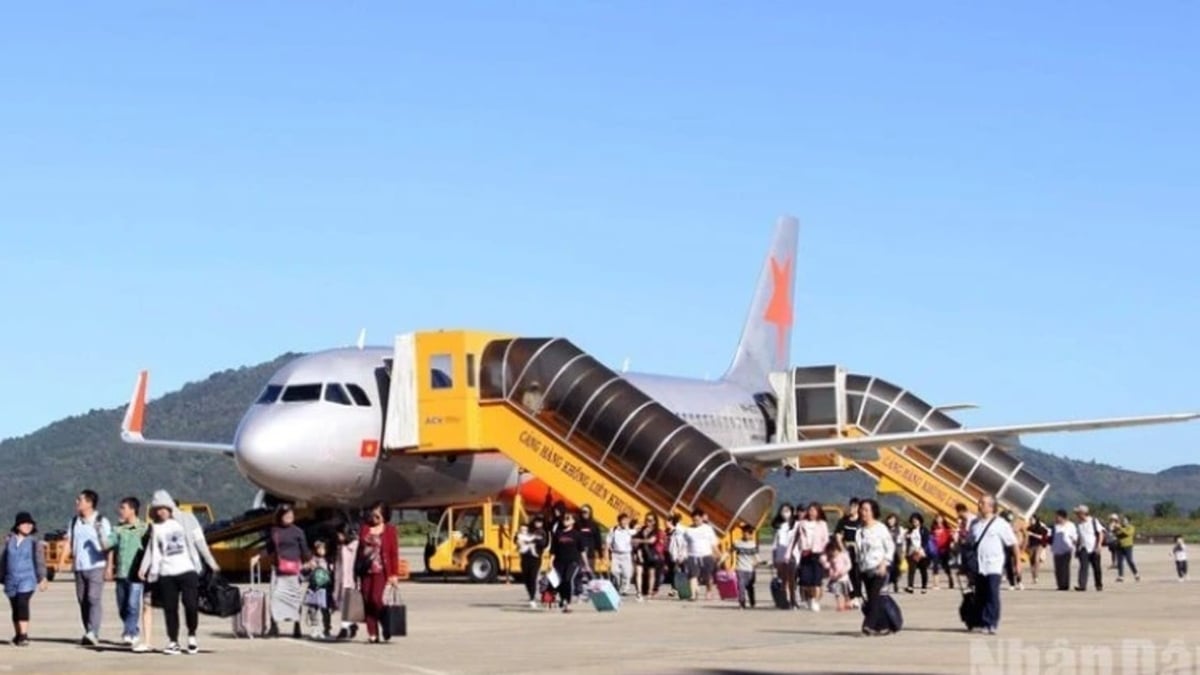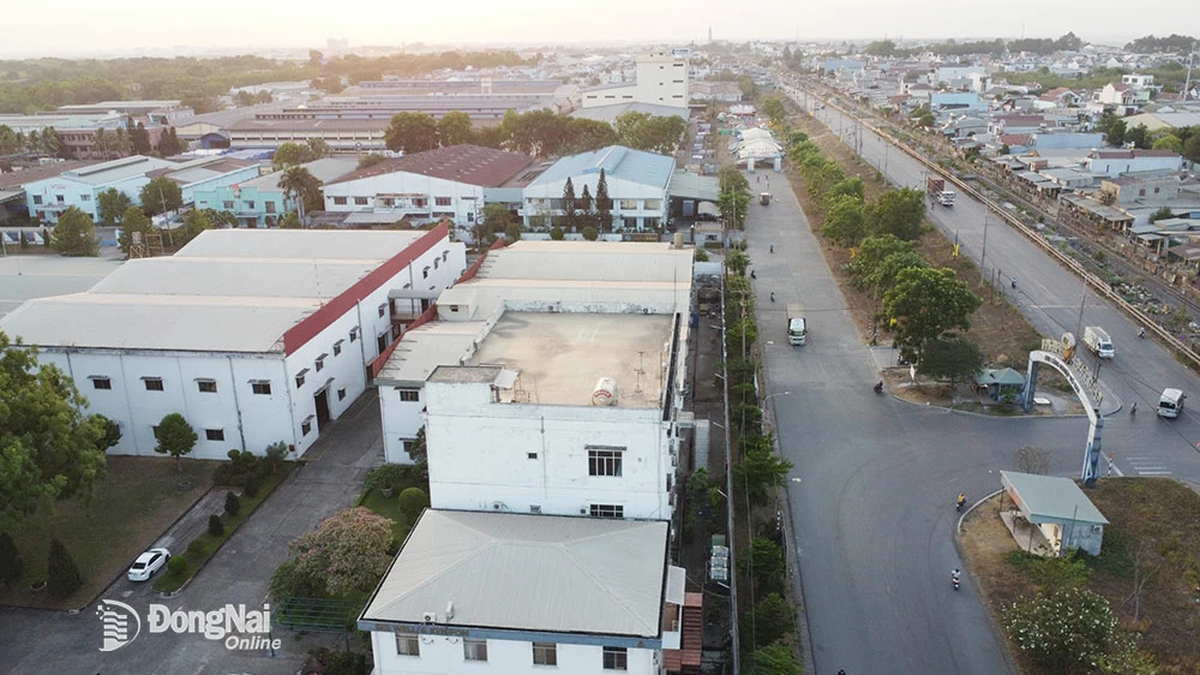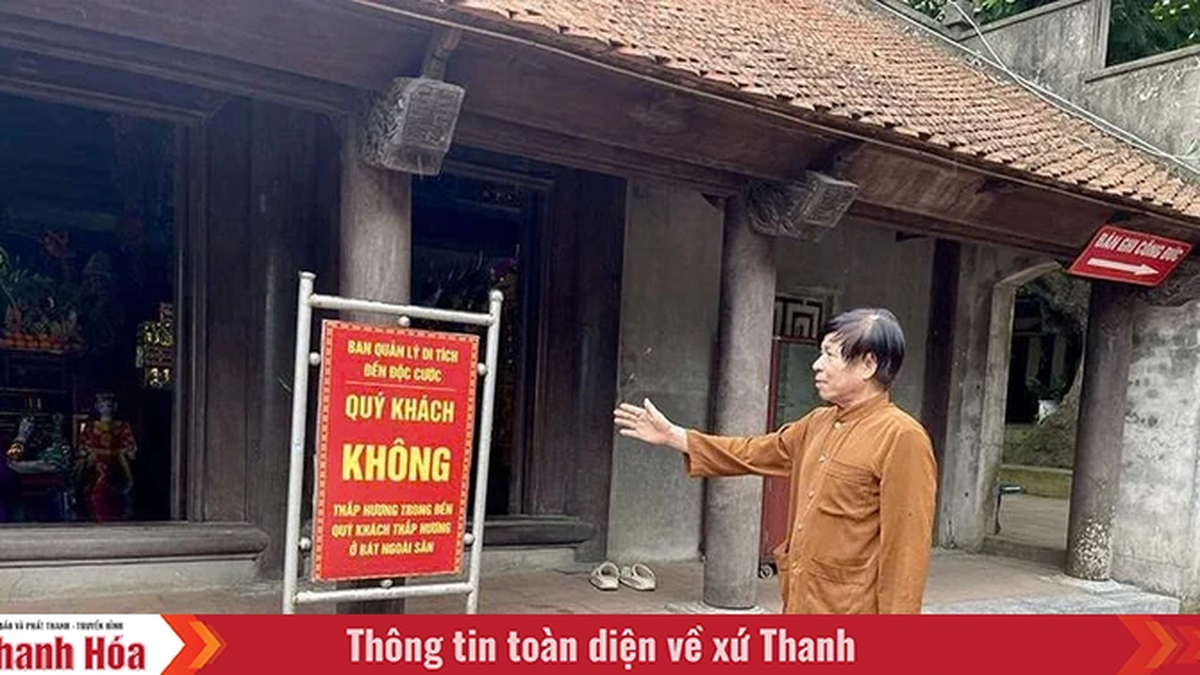EU moves strongly towards a green economy
According to statistics from the General Department of Customs, in August 2024, Vietnam's forestry product export turnover is estimated to reach over 1.45 billion USD. In the first 8 months of 2024, forestry product exports earned 10.97 billion USD, up 19.7% over the same period last year. Of which, wood and wood products exports alone reached 10.24 billion USD, up 20.6% over the same period last year.
With positive signs of recovery in the market, especially for some key export products, all increased such as wood chips (up nearly 38%), wood and wood products (up over 20%) compared to the same period in 2023. The cumulative value of wood and forestry products exports and imports in the first 7 months of 2024 was many times higher than the same period in 2023. Notably, many of Vietnam's key export markets recorded high growth rates such as export turnover to the United States reaching 5.019 billion USD, up 24%; export turnover to China reaching 1.22 billion USD, up 37.92%; export turnover to the EU reaching 555 million USD, up 22.44%.
Although the export of wood and forest products in the first 8 months of 2024 has achieved quite high results, in order to achieve the export target assigned by the Prime Minister in Decision No. 327/QD-TTg dated March 10, 2022 on approving the Project on sustainable and effective development of the wood processing industry for the period 2021-2030, in the coming time, in addition to difficulties in production, the main export markets strictly implement regulations on legal explanation, Vietnam's exported wood and wood products will face additional difficulties and challenges.
The EUDR bans the import of seven groups of products into the EU if their production causes deforestation. In Vietnam, the three main sectors affected include wood, rubber and coffee.
Vietnam's main wood product export markets are imposing many strict regulations and standards on goods. Specifically, on June 23, 2023, the EU officially issued the EU Deforestation Regulation (EUDR), applying to 7 groups of imported goods into this market. 3 of these 7 groups, including wood, rubber and coffee, are Vietnam's main export products. The regulation will be applied in January 2025, aiming to prevent large-scale deforestation and forest degradation, contributing to environmental protection and minimizing the impact of climate change. Accordingly, all agricultural products circulating in the EU market must meet strict standards of origin, proving that the production process does not cause deforestation or forest degradation throughout the supply chain. In EVFTA, Chapter 13 (Trade and Sustainable Development) includes commitments on sustainable forest management, biodiversity conservation, combating illegal logging and trade in timber and preventing deforestation. Therefore, the preparation and implementation of the EUDR affirms Vietnam's commitment to sustainable development, contributing to promoting the implementation of EVFTA.
To date, the EU has not issued detailed and specific guidelines, causing difficulties for many Vietnamese enterprises in implementing the EUDR. In particular, enterprises exporting wooden furniture, plywood, pellets, and wood products such as knives, spoons, and forks to the EU are facing many obstacles. Importers in the EU are constantly asking Vietnamese enterprises to commit to complying with the EUDR and provide more information. This trend is gradually spreading to other countries such as the United States, Japan, and South Korea, showing the world's strong shift towards a green, low-carbon, and sustainable economy.
Wood industry faces major challenges from EUDR
On July 22, 2016, the Government Office issued Notice No. 191/TB-VPCP of the Prime Minister on the strict implementation of the policy of closing down the exploitation of natural forests. With the policy of closing down natural forests, besides rubber and coffee, the wood industry is generally at low risk of being classified as a risk group causing deforestation and forest degradation because the production area of the three products has been stable since before 2020. However, fully demonstrating the sustainability of these products is still difficult due to the lack of data and legal evidence.
Preventing deforestation is one of the two pillars of the EUDR. Accordingly, all products imported into the EU must be produced on land that is not deforested or, in the case of wood products, harvested without causing forest degradation as of 31 December 2020. To ensure compliance with this regulation, it is mandatory to be able to trace the exact geographical location of each shipment. Specifically, to verify whether a product has been produced on a deforested plot of land, it is necessary to determine the specific geographical coordinates of that plot of land.
Preventing deforestation is one of the two pillars of the EUDR.
The EUDR requires traceability of goods to the geographical location of the land where the product was produced. Specifically, Article 2 of the EUDR defines “geolocation” as follows: “The geographical location of a plot of land is described by latitude and longitude coordinates corresponding to at least one point whose latitude and longitude are given to at least six decimal places. For non-livestock production plots with an area of more than 4 hectares, the geographical coordinates of the points on the polygon delineating the actual boundaries of the plot of land shall be provided.”
Under Article 9(d) of the EUDR, companies are obliged to collect and retain for five years all information relating to their products. The aim is to demonstrate that the product is produced legally and does not contribute to deforestation. In particular, the geographical location of all plots where the product is produced and the date or period of production must be fully declared. Where the product is produced on more than one plot, the geographical location of each plot must be specifically declared. If the production of the product on any plot has resulted in deforestation since 31 December 2020, all products from that plot will not be placed on the EU market.
The EU will store data on the geographical location of the cropland declared by the business in the supply chain due diligence commitment management information system, which is expected to be completed by the end of 2024. To accurately determine the location of the cropland, the EU encourages parties to use the space data and services provided by the EU Space Programme. In summary, for goods to meet the EUDR requirements, importing businesses must provide detailed information on the geographical location where these products were produced and demonstrate that production at these locations has not resulted in deforestation or forest degradation since 31 December 2020.
The provision of geographic coordinate information as required by EUDR in Vietnam is currently not fully and consistently implemented. Although the law has provisions on cadastral measurements performed in the national coordinate system VN-2000; the display of geographic coordinates of land plots according to longitude and latitude on land use right certificates has not been implemented. Land databases in some localities have not been digitized and effectively linked. In addition, the cultivated area of households is often divided and scattered. Many households have not been granted land use right certificates or the certificates do not provide accurate information. This situation is largely due to errors in the measurement process, illegal conversion of land use purposes, as well as cumbersome and lengthy administrative procedures. People, especially ethnic minorities, face many difficulties in completing procedures for issuing and exchanging red books.
In addition to the obligation to provide geographic coordinates, households or production units must also prove that the products are produced on land that has not been deforested. There are two main ways to prove this: (1) Using satellite images: households or production units can verify the "cleanliness" of their products themselves using free online virtual geographic mapping tools such as Google Earth. Specifically, households or production units will determine the location of the land plot on the map, then adjust the time scale to compare images of this area over the years. If no signs of deforestation are found during the cultivation period, this will be reliable evidence. (2) Using legal documents: Documents proving the purpose of land use, especially the Land Use Rights Certificate, are considered the most authentic evidence of the non-deforestation status. For Land Use Right Certificates issued before December 31, 2020, information on land use history recorded in the certificate will be specific evidence showing that no deforestation activities have occurred since the specified time period.
Farmers participating in the supply chain often live in mountainous areas, with limited access to information, especially information on new policies and regulations.
The second pillar of the EUDR is accountability for the legality of production activities that produce products, specifically: land use rights; environmental protection; forestry regulations, including forest management and biodiversity conservation, when directly related to logging; third party rights; labor rights; human rights protected by international law; Free, Prior and Informed Consent (FPIC), including the provisions set out in the United Nations Declaration on the Rights of Indigenous Peoples; Tax, anti-corruption, trade and customs regulations.
The aim of collecting this information is to ensure that agricultural products are produced sustainably and without harming the environment or human rights. The regulations will require businesses in the agricultural sector to be transparent throughout the entire production process, from farming to consumption. This means that businesses must be accountable for their impacts on the environment and human rights throughout the supply chain.
The supply chain of the entire wood industry is currently quite complex, with the participation of hundreds of thousands, even millions of farming households. Each household usually owns 2-3 or more plots of cultivated land, and the origins of these plots are very diverse, from land allocated by the state, land bought and sold to land reclaimed by themselves. What is worrying is that many farming households do not have full documents proving legal ownership of their land. The main reasons are cumbersome administrative procedures, lack of resources of local land management agencies and land trading without intermediaries. This situation causes great difficulty in verifying the origin of the land, affecting the legality of the entire supply chain.
In addition, due to small-scale production, households often cannot directly sell products to processing enterprises but must go through small traders. The purchasing network of small traders extends from village, commune to district levels, forming an important link in the wood industry supply chain. However, transactions between households and small traders are often spontaneous, without clear contracts. The parties are mainly concerned with price and product quality, while requirements for documents proving origin are often ignored. This makes it difficult to control the origin of products and ensure the quality of final products.
Farmers participating in the supply chain often live in mountainous areas, with limited access to information, especially information on new policies and regulations. Their main source of information is often local authorities or traders. However, this information often does not meet the actual needs of farmers. What they care about most is how to sell their products at reasonable prices. Therefore, meeting the requirements of the EUDR related to land requires active support from local authorities, because farmers are still not interested in important regulations.
Source: https://moit.gov.vn/phat-trien-ben-vung/chu-dong-ung-pho-voi-quy-dinh-cua-eu-nganh-go-co-nhieu-co-hoi-khai-thac-thi-truong-tiem-nang.html























































![[Maritime News] More than 80% of global container shipping capacity is in the hands of MSC and major shipping alliances](https://vphoto.vietnam.vn/thumb/402x226/vietnam/resource/IMAGE/2025/7/16/6b4d586c984b4cbf8c5680352b9eaeb0)













































Comment (0)